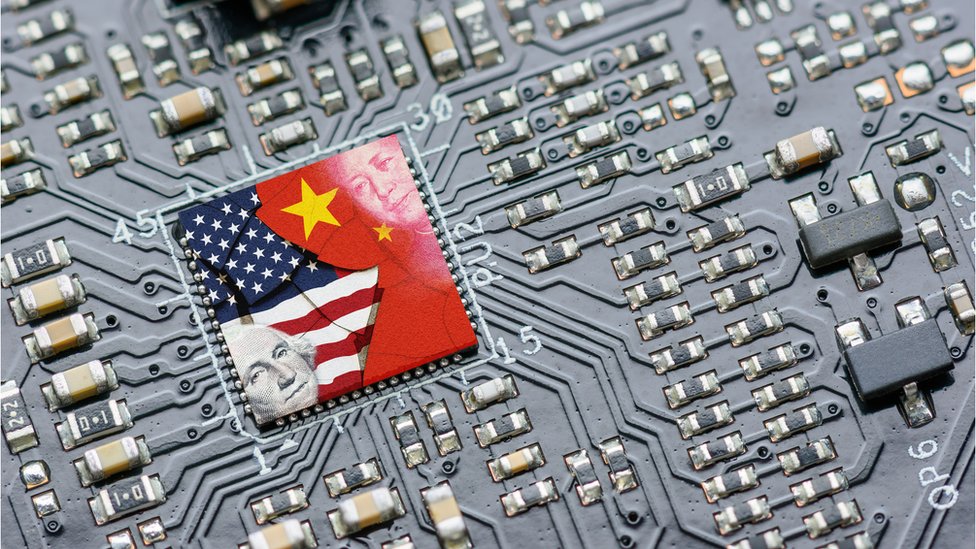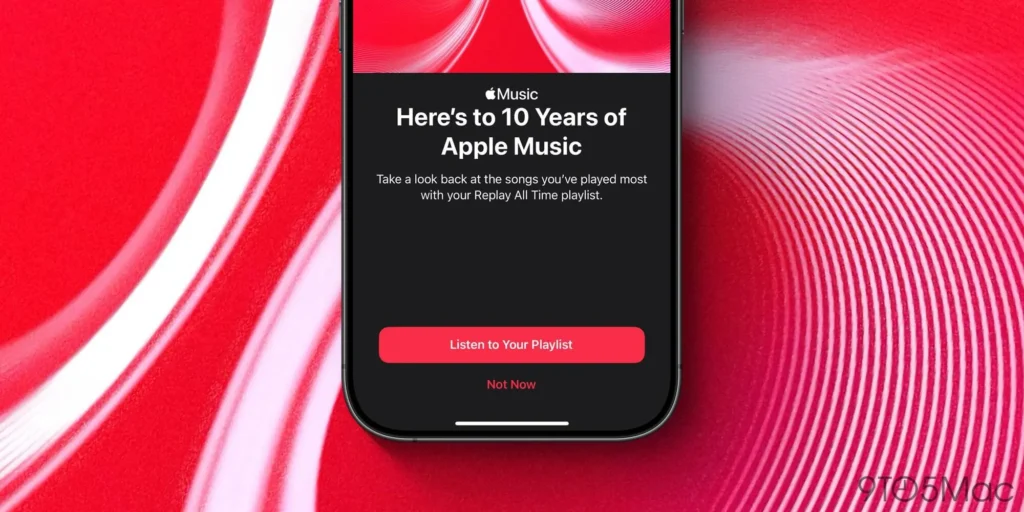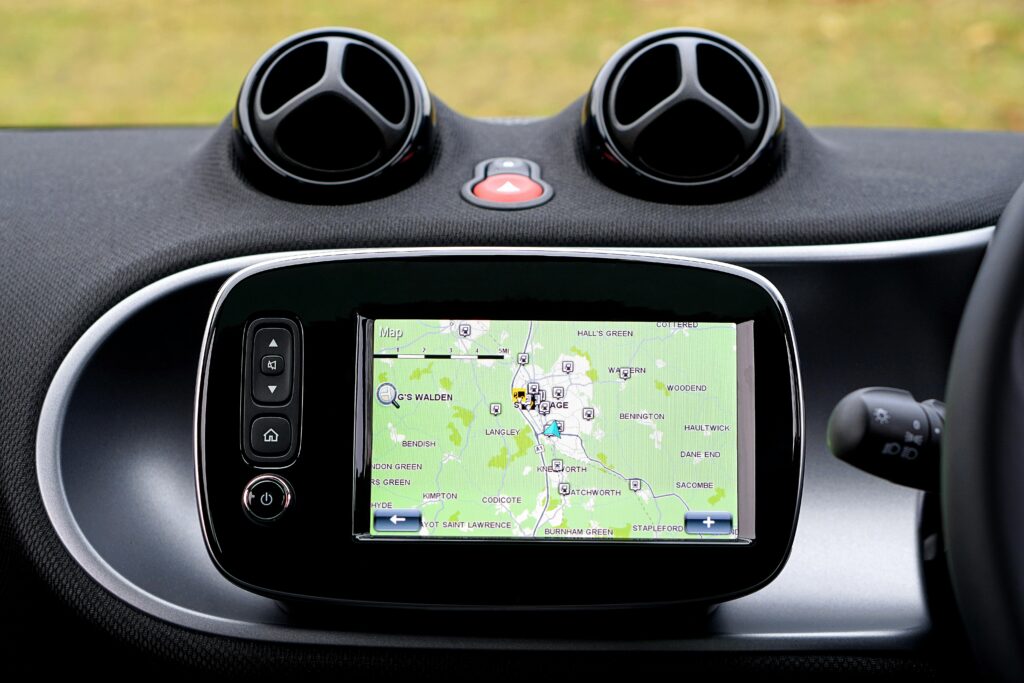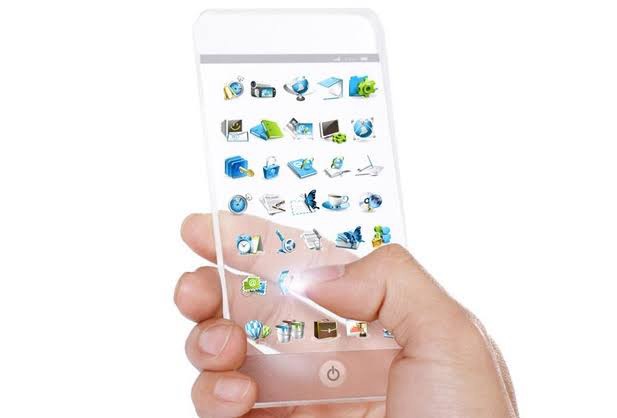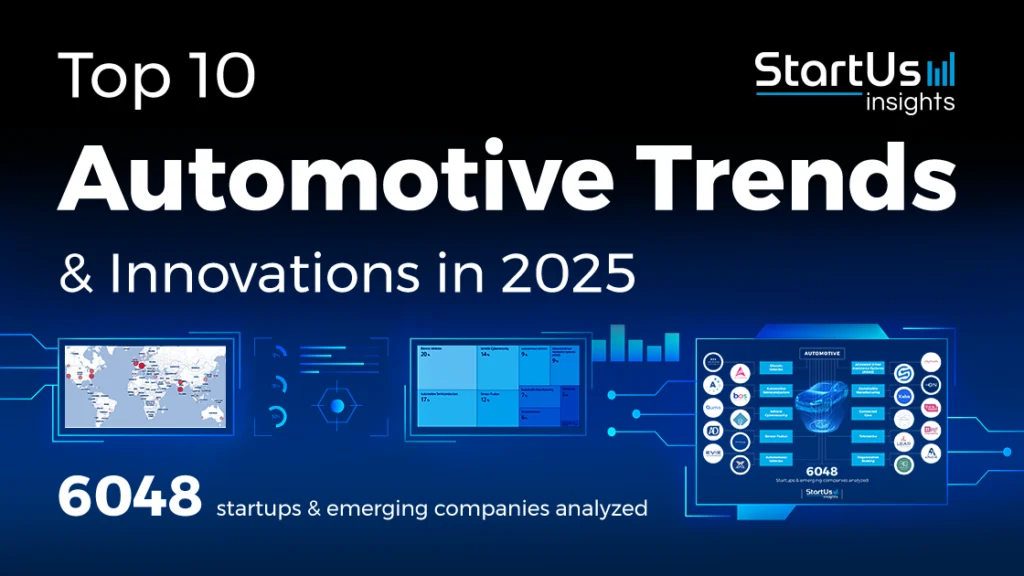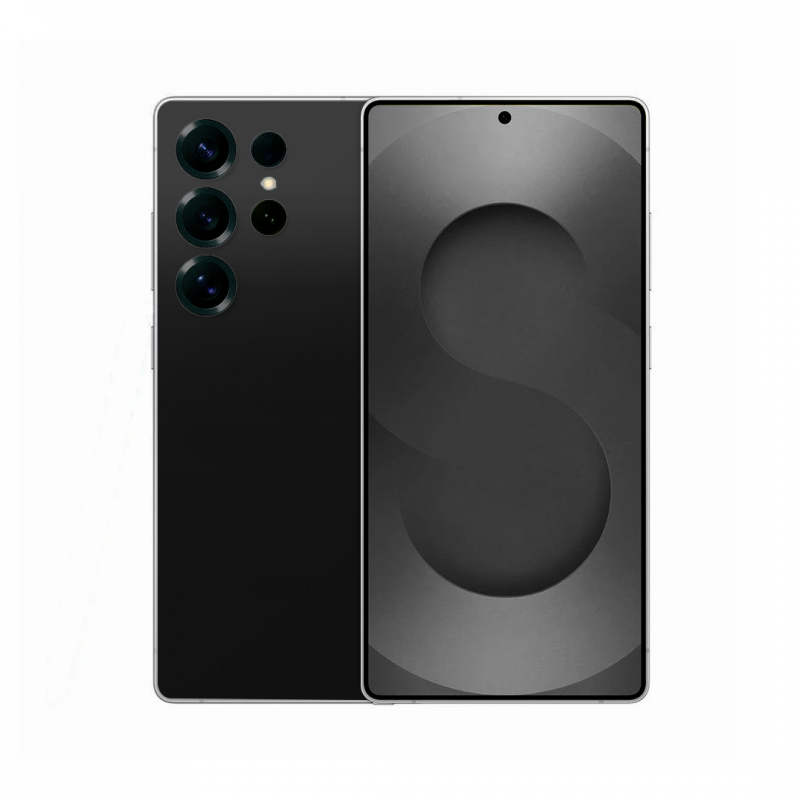It’s pretty clear that smartphones will soon be getting even smarter. In the mid 2000s, mobile phones could only do a tiny fraction of the things that their modern counterparts are capable of. Now, thanks to a number of recent technological advancements, it looks as though there will be no shortage of new smartphone features in the future to keep us evermore attached to our little digital devices. Here are 12 you should watch out for.
12. Photonic Crystal Displays
While most current smartphone screens are capable of displaying a wide range of incredibly saturated colors, most of them don’t adapt too well to varying light conditions. Research and development is now pointing to photonic crystals as the answer to this limitation.
Instead of giving off bright light like LCD or OLED displays, a photonic crystal display features nanostructures that adapt and modify themselves according to the amount of ambient light in a given environment. Although the photonic screen requires an external light source in order to be visible, this could easily be integrated into the body of the phone just like it is in e-readers like the Kindle Paperwhite.
Advertisement
To give you an idea of how close this technology is to market, Apple and Google have been making some pretty big investments in photonics, and, back in 2013, Samsung had already demonstrated the concept of a flexible phone that utilized a photonic crystal display. Chances are we’ll start seeing these displays put into smartphones within the next few years.
11. Nano-Tech Batteries
In 2015, at the Mobile World Congress event, Israeli tech company StoreDot revealed a customized Samsung Galaxy S5 with a nano technology-utilizing battery that could charge from 0 to 100 percent in less than a minute.
The technology evolved out of research being conducted in the treatment of Alzheimer’s disease. Through their study, scientists learned that peptide molecules, which are responsible for the disease, have an incredibly high capacitance—making them excellent little electrical storage units. The only catch is that, in its current state of development, the StoreDot battery only lasts about two-thirds of the time of a conventional lithium-ion smartphone battery. However, it shouldn’t take too long for the company to improve the technology. StoreDot has already received substantial investments from Samsung, and is in discussions with manufacturers about integrating its battery into future smartphones.
Advertisement
10. Liquid Buttons
Years ago it was the norm that most phones had physical keyboards and any mobile device without one seemed “out of touch.” But currently the opposite is true, and most people think that tactile keyboards look old-fashioned. Well, that’s all set to change again thanks to Tactus Technology and their development of a keyboard that looks like it came from some sort of advanced alien civilization.
The keyboard uses special microfluidics technology which drives small amounts of liquid into invisible pockets that rest over the typing pad on a smartphone. When the user brings up the touchscreen keyboard, the pockets instantly fill with liquid which has the effect of physically raising the buttons. The technology has already been incorporated into a new Phorm case for the iPad Mini, but it wouldn’t be too much of a stretch to see it directly built in to future smartphones and tablets.
Advertisement
9. Headphone Surround Sound
Surround sound on headphones has been met with some pretty harsh assessments in the past, but now audio developer DTS is looking to silence the critics with a 7.1 mobile audio solution for smartphones that promises to faithfully recreate the sound of specific listening environments using even the simplest pair of headphones. Though there’s a little ways to go before the system works with all source material, the higher processing power of new smartphones should be able to support the advancement in audio technology.
Advertisement
8. Biometric Authentication
Though the iPhone 6 and the Samsung Galaxy S6 both use capacitive technology to read the ridges of your finger tips, this technology could be considered lacking from a security perspective because it doesn’t use enough data points, which makes it more susceptible to being hacked. Improving on the concept, telecommunications company Qualcomm has developed a new type of ultrasonic fingerprint scanner using a piezoelectric layer that creates ultrasound. In addition to mapping your finger, the scanner features greatly increased resolution, which is also an enhanced security benefit.
Advertisement
7. Virtual Reality
With soon-to-be-released headsets like Oculus Rift, Playstation VR and HTC Vive stealing all the virtual reality-related headlines, not much attention has been given to the VR technology on smartphones. Nonetheless, the new 4K displays that will be rolling out on new smartphones in 2016 are ideal for VR applications.
Once inserted into a head-mounted device, the phone itself will act as the VR headset’s display and 4K resolution will be instrumental in providing an immersive, non-pixellated experience. Of course, this may or may not be a good thing considering a lot of us already bury our faces in our phones and ignore what’s going on in the world around us.
Advertisement
6. Graphene
Since its development for practical application in 2004, graphene has been praised as “wonder material” by nearly everyone in the electronics industry. It’s thin, lightweight, flexible, transparent and over 200 times stronger than steel. It’s also one of the best materials for conducting electricity, which makes it ideal for use in electronic devices.
Incorporating graphene into smartphones could allow for designs to be ultra-thin, transparent, flexible and virtually indestructible. Recently, there have been a few breakthroughs by phone manufacturers who have been playing around with graphene. Most notably, Samsung’s Advanced Institute of Technology (SAIT) produced graphene in a way that allowed it to retain its outstanding electrical qualities—a problem that had proved to be a serious challenge up to that point. This development should make flexible, transparent smartphone displays commercially viable within the next couple of years.
Advertisement
5. No SIM Cards
Although manufacturers have made efforts to reduce the size of SIM cards, they still feel very much like a leftover relic of the ’90s. Thankfully, Apple and Samsung are making strides to rid the world of the physical presence of SIM cards by replacing them with an electronic version.
By having a programmable SIM integrated into your phone, you’ll essentially be able to switch between network providers at the drop of a hat without having to request a new SIM card. Which should come in quite handy for anyone travelling or living abroad who wants to get set up with a local number. It’s said that the technology could be available in new smartphones as early as next year.
Advertisement
4. Pressure-Sensitive Screens
The Force Touch on the Apple Watch has demonstrated that companies already have the ability to manufacture screens that are capable of sensing pressure. Controls that can distinguish between a light tap from a firm press will give users even more ways to manipulate their phones and has obvious benefits for the gaming community.
In addition to Apple, Samsung has filed a patent for something called “Touch Display Apparatus Sensing Force,” which clearly uses the same technology, and in July 2015, Chinese manufacturer ZTE revealed the ZTE Axon Mini which also features a pressure-sensitive touch screen.
Advertisement
3. Flawless Voice Interaction
Voice interaction has been around for a while now and incremental improvements over the years have led to the development of virtual personal assistants and knowledge navigators like Apple’s Siri. But that’s just the tip of the iceberg. The algorithms used in voice-assisted applications are moving ahead at break-neck speed. With the technology improving so quickly, it won’t be long before the A.I. becomes so intuitive that it will start giving you advice that seems to pre-empt your very thoughts. Let’s just hope that the developers remember to program Asimov’s three laws of robotics into them so we don’t wind up subservient to our smartphones in the future.
2. Innovative Medical Apps
Recently, scientists developed an app called Athelas which makes use of a lens attachment to track malaria and cancerous cells as they move through a patient’s blood. This innovation has prompted scientists to look for other ways that smartphones could be used to track highly infectious diseases, such as Ebola, to gain a better understanding of how they move and spread.
Using an inexpensive phone add-on called PCR that’s able to tag and track pathogens in the blood, diseases should be able to be diagnosed within hours or even minutes. The data gathered would then be automatically uploaded from the phone to an online database where other scientists can analyze it.
When you combine this emerging technology with other existing applications that are able to track things like blood-pressure and heart rate, it’s easy to see how smartphones could soon bring about a revolution in medical care.
1. Smart Cameras
In 2015, Qualcomm demoed a camera that showed it was capable of identify the objects it was looking at. The system works by comparing real world objects to a huge reference database stored on the device. Best of all, it’s possible to train the software to understand ever more things. Sort of like a little baby A.I.
This technology could have enormous potential and enable cameras to do all sorts of clever and useful things relating to the real world environment. Google has also been developing a similar type of deep search identification software with Google Photos. As camera hardware continues to shrink and improve, it seems inevitable that this sort of feature will become standard on phones.


